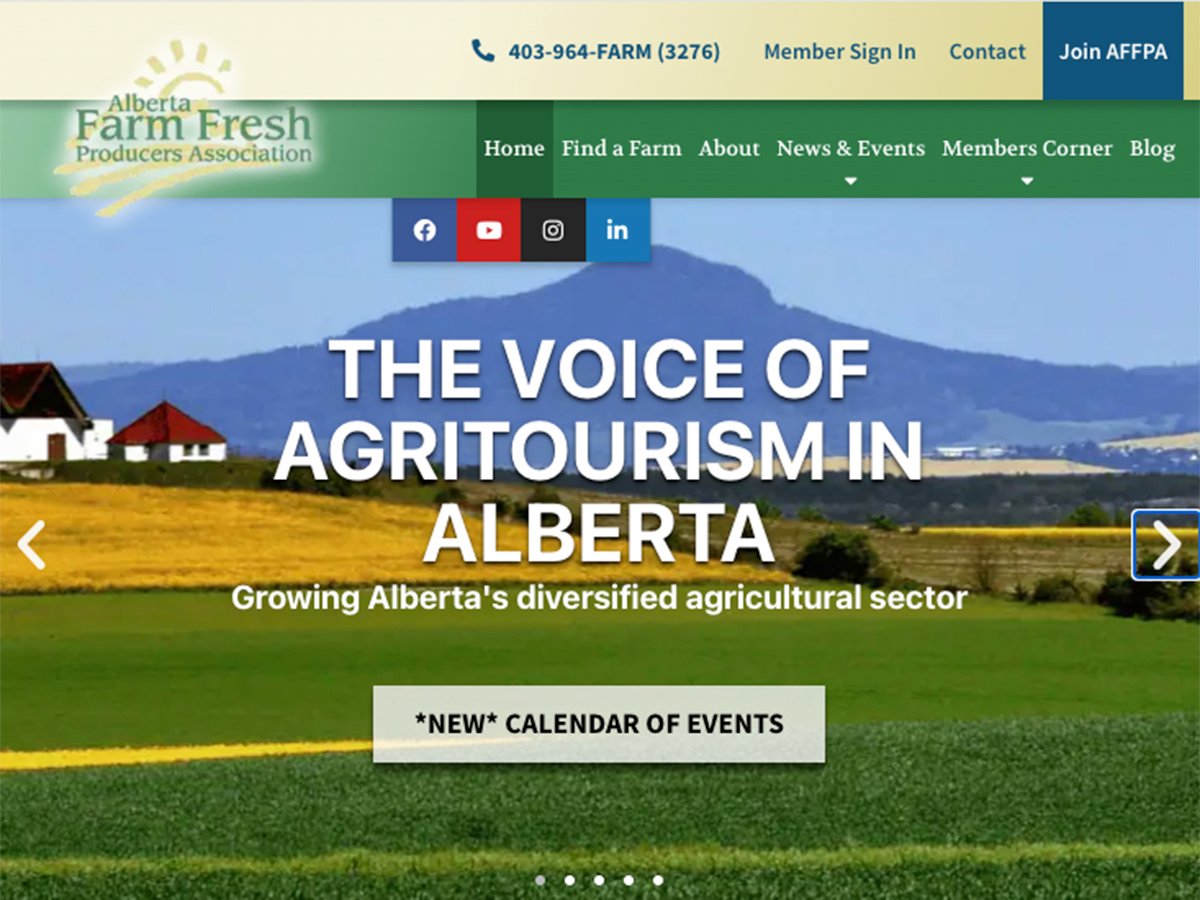MILK RIVER, Alta. — The South Saskatchewan Regional Plan is in its final stages of development, but some Alberta watershed councils have concerns about what it may contain.
The Milk River Watershed Council is in the process of finalizing its own integrated watershed management plan, which it expects will be integrated into the SSRP.
However, council chair John Ross said the broad scope of the SSRP makes him wonder how all regional concerns and requirements will be addressed.
“They are covering everything from Calgary right down to the (U.S.) border. It’s huge and there is a lot of variation,” he told the council’s April 10 annual meeting.
Read Also

New Alberta funding for program hopes to further unlock agritourism industry in province
Alberta Farm Fresh Producers Association is launching a new initiative thanks to $300,000 of provincial funding to bolster Alberta’s smaller scale family farms and agritourism sector.
“We have 80 percent of the endangered species in the province in our watershed.”
The latter point is a concern because the SSRP draft plan lacks specifics on protecting biodiversity. Ferruginous hawks, Sprague’s pipits, loggerhead shrikes, sage grouse, western silvery minnow and east slopes sculpin are among the endangered species found in the Milk River watershed.
“In the SSRP, they’re lumping the Bow, the Oldman, the southeast watershed and us all together in one plan, so unless they can come up with regions, it’s definitely not going to be fair from one region to the next,” said Ross.
“I’m not sure how they’re going to deal with that, but we see it as a real problem and a real shortcoming of the South Saskatchewan Regional Plan. All we can do is put forward what we think is best for our area and hopefully they will take that into account.”
The Oldman Watershed Council has also expressed concerns about the broad scope of the SSRP. At its annual meeting earlier this year, executive director Shannon Frank said the plan lacks details in its priorities.
The SSRP is the second regional land use plan in a provincial government process designed to set out an approach for managing land and natural resources.
Challenges identified in the South Saskatchewan watershed include:
- water security
- expanding communities
- sensitive habitats and species at risk
- infrastructure needs
- maintaining agricultural land base
- tourism growth
- managing recreation
- resource development
- sustainable forests















